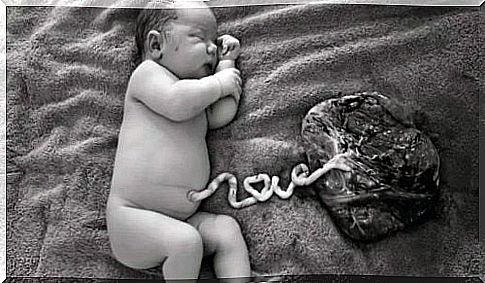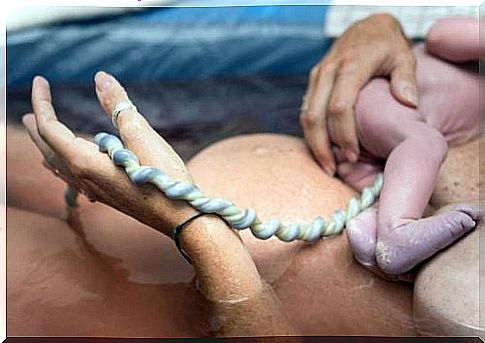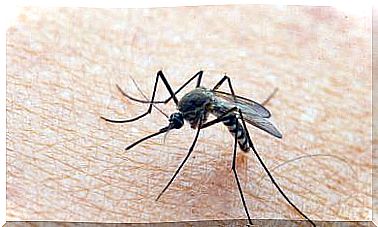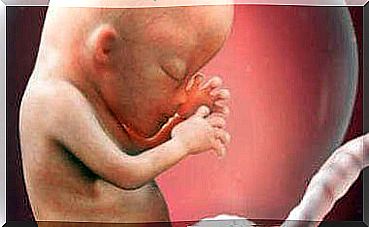How Donated Umbilical Cord Blood Can Save Lives

Until a few years ago, when a baby was born, hospital staff would throw away placenta and umbilical cord. But we now know that this tissue, and especially the umbilical cord itself, is filled with stem cells.
Stem cells are valuable. They have properties that make them different from the rest of the cells that make up our bodies. Their main properties are their ability to produce different kinds of cells.
Stem cells are the source from which tissues and organs in our body can regenerate. They are not specialized cells that are able to renew and multiply.
Donating umbilical cord blood is painless

The ideal moment to extract stem cells is after a baby is born, but before the placenta comes out. This is not our only chance to harvest stem cells that are present in our bodies, but it is the best time to do so.
The stem cells that doctors can get from the umbilical cord are free of infections and the influence of other substances. These cells are just as clean as the newborn baby.
Donating umbilical cord blood is a painless process and you can do it immediately after giving birth.
When the baby comes out, your medical team will cut the umbilical cord. At this moment, the obstetrician draws blood from the umbilical cord. This is the only time in our lives when it is possible to extract such a large amount of stem cells.
These stem cells from the blood in the umbilical cord can benefit other patients suffering from bone marrow disorders. Stem cell transplants allow recipients to generate new, healthy blood cells that are vital to life.
Why is it so important to donate blood from umbilical cords?
Stem cells from the umbilical cord can help cure degenerative diseases. They have also been used for a number of years in the treatment of blood disorders such as leukemia.
In fact, researchers in the United States and several European countries that have leading research in this field are working to use stem cells to regenerate intestinal tissues and other organs.
Donating umbilical cord blood can benefit many people. That is why the most developed countries keep a register of voluntary donors. These records contain data on individuals in each country who are willing to donate tissues.
The organizations responsible for maintaining these records are also looking for donors who are compatible with patients who need transplants. Information about each donation is therefore coded and included in a database, which is completely confidential.
Blood taken from the umbilical cord can be transplanted to patients anywhere in the world who need it. The only condition is that the donor and recipient must be compatible.

“The most incredible thing about miracles is that they happen”
Gilbert Keith Chesterton
Thanks to these stem cell banks, patients across the planet now have access to over 200,000 units of umbilical cord blood stores worldwide. This is why donating the umbilical cord is so important.
Once a compatible unit of umbilical cord blood has been identified for a patient, the blood is sent to the country where the recipient lives. This means that neither the patient nor the donor has to travel.
The transplant procedure is the same all over the world. Umbilical cord blood from a mother in Europe can help a mother in the United States, Australia, or other countries.
This means that donating umbilical cord blood is one way to help people around the world. The most important thing is to work together to save lives.









